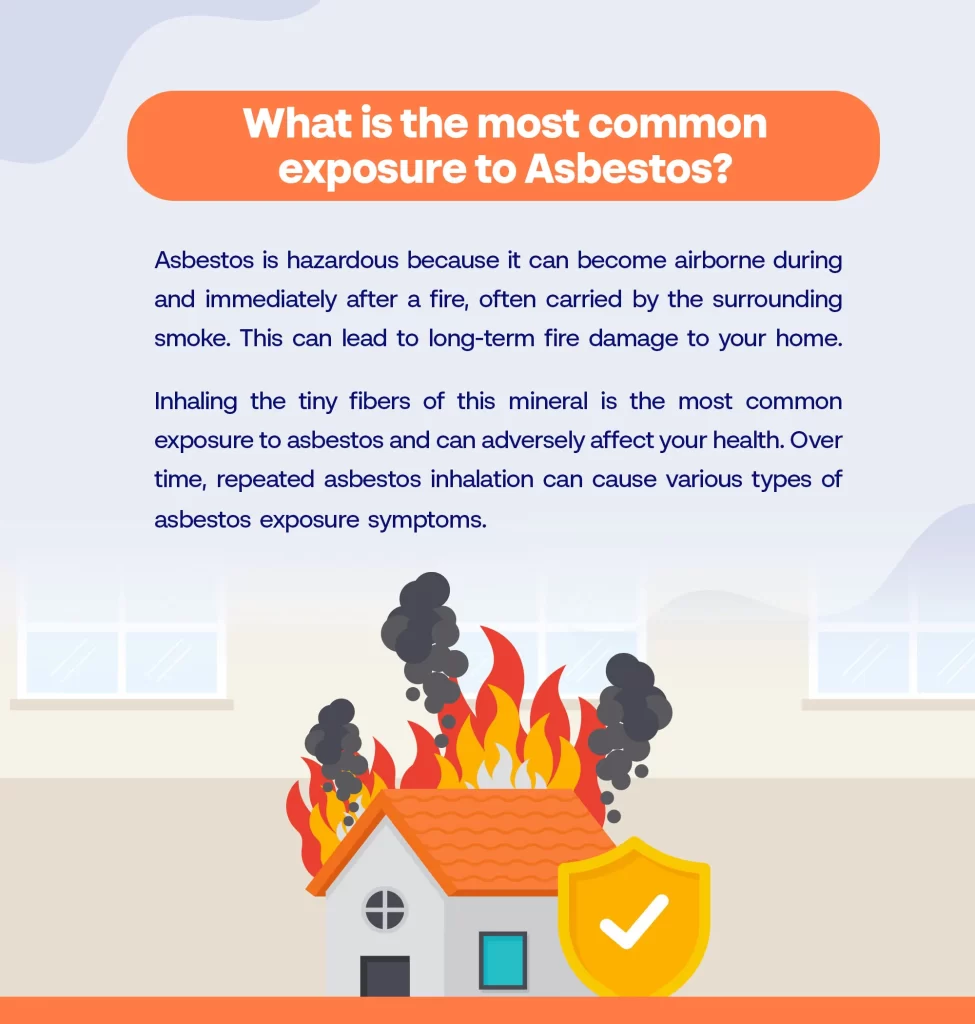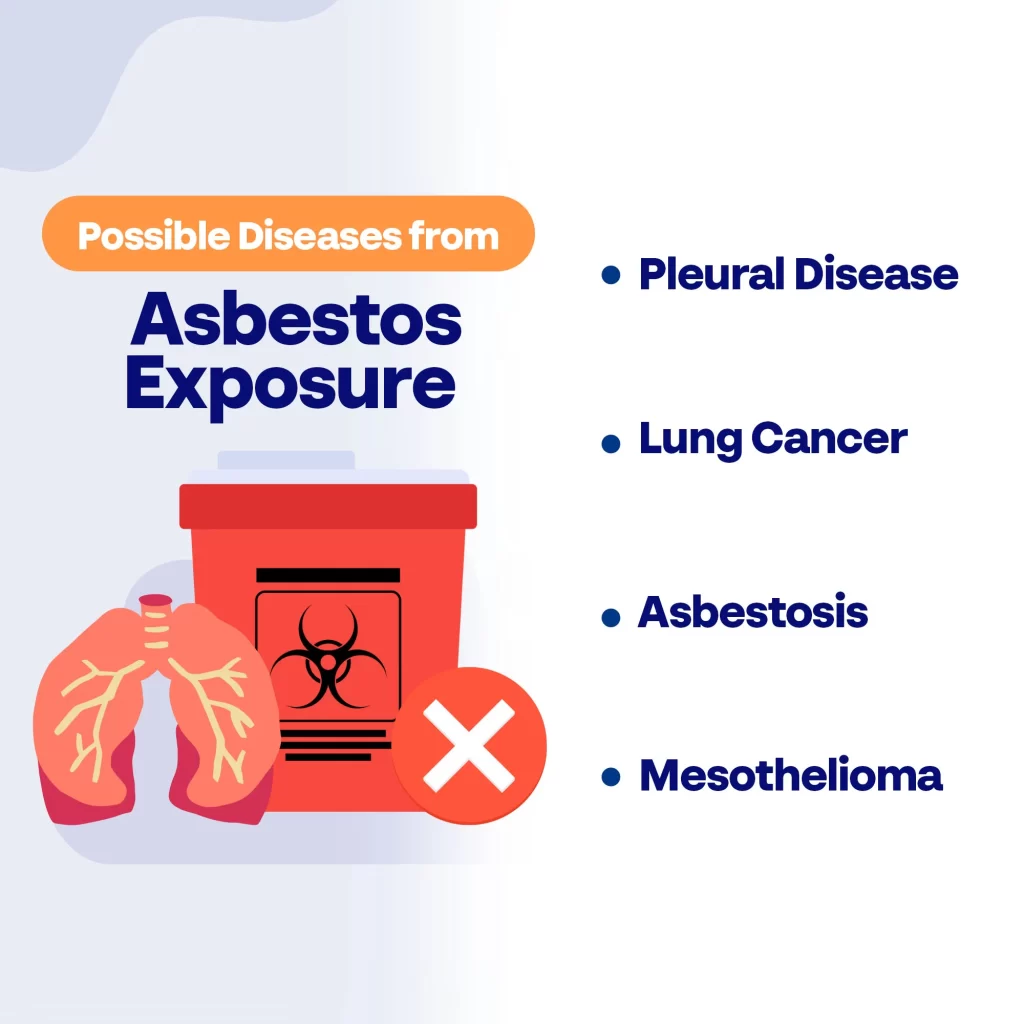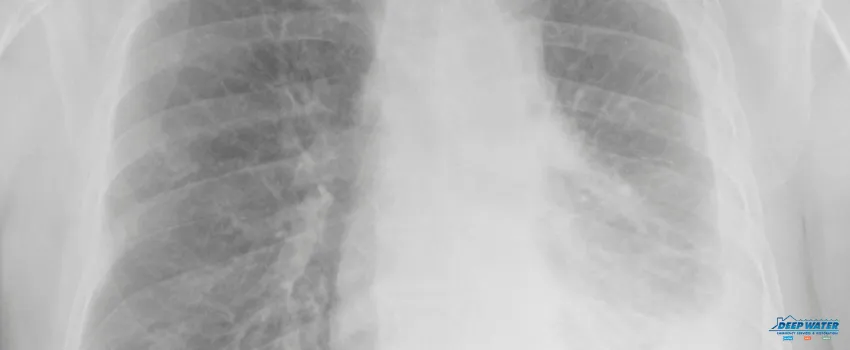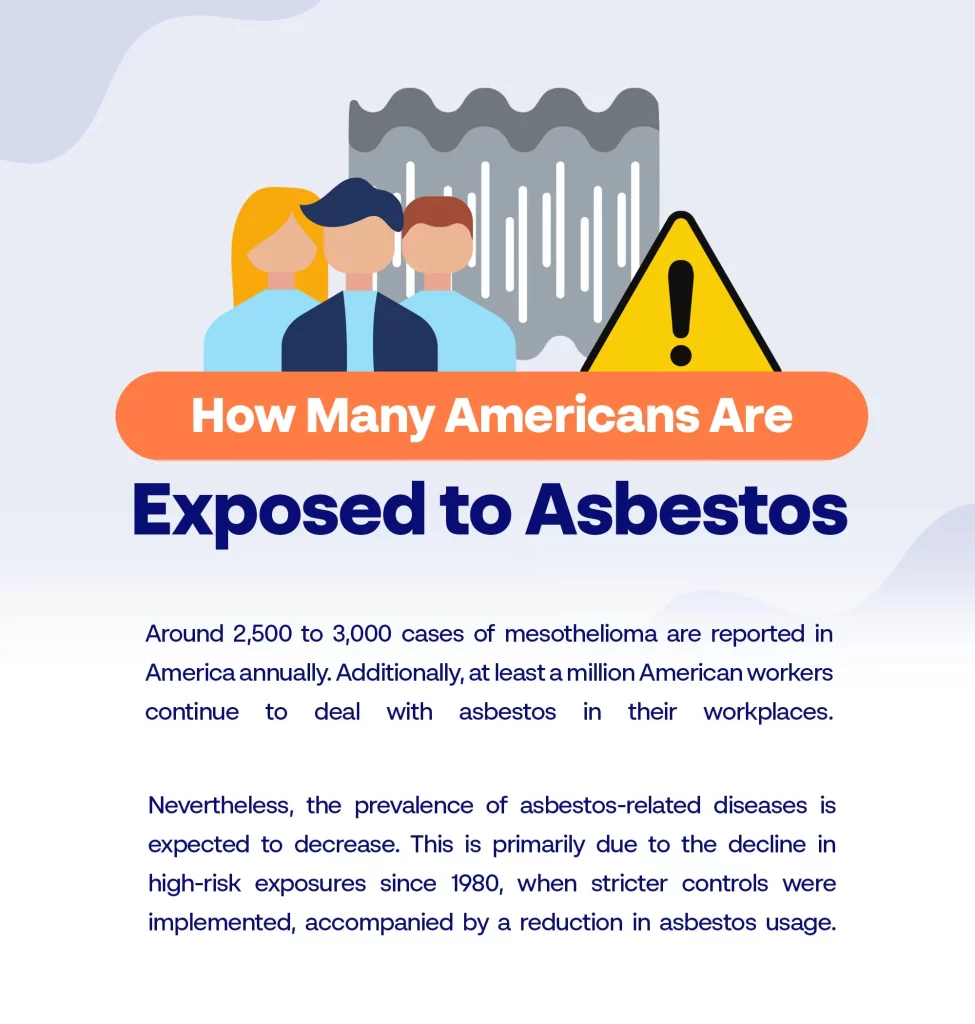Asbestos is a collection of six naturally occurring silicate minerals composed of minuscule, microscopic fibers. While asbestos can be found in the environment, it is typically in the air at low levels. Although most individuals come into contact with it, asbestos exposure, in this case, is insufficient to result in illnesses.
Due to their minuscule size, asbestos fibers are invisible to the naked eye. They possess a sharp, needle-like structure, yet the color and shape vary among different asbestos types and the mineral content within them, respectively.
Asbestos and Its Presence in Residential Homes
The utilization of asbestos was widespread due to its exceptional durability against decay, heat, fire, water, and erosion. Consequently, it found extensive application as an insulation material and fire retardant in various construction projects.
Even today, numerous residential places retain traces of asbestos, primarily in their roofing, walls, and ceilings. Although, the components are not exclusively composed of this adaptable mineral. Specifically, houses constructed in the mid-80s often incorporated materials that contained asbestos.
Since 1990, however, the use of asbestos-containing materials in the construction of residential homes has ceased. This is due to the severe health risks associated with exposure to the mineral, including symptoms of asbestos poisoning.
What is the most common exposure to asbestos?

Asbestos is hazardous because it can become airborne during and immediately after a fire, often carried by the surrounding smoke. This can lead to long-term fire damage to your home.
Inhaling the tiny fibers of this mineral is the most common exposure to asbestos and can adversely affect your health. Over time, repeated asbestos inhalation can cause various types of asbestos exposure symptoms.
Is asbestos exposure common?
Since 1940, the National Cancer Institute revealed that millions of Americans have been exposed to asbestos. Presently, about 125 million people worldwide are exposed to asbestos at the workplace.
Many countries have implemented strict regulations on its use and disposal to mitigate the risks associated with asbestos. These often include guidelines on how to get rid of asbestos properly.
Asbestos and the Hazards of Fire
When undisturbed, asbestos is generally considered safe. However, activities such as demolition work and home repairs can disturb asbestos-containing materials or ACM, releasing the mineral’s dust particles into the air.
During a fire, fragments of ACM become visible and can be carried by smoke plumes to neighboring properties, gardens, and streets. Fortunately, most asbestos remains contained within the ACM, reducing the risk of asbestos poisoning.
Nevertheless, if the ACM is broken, there is a possibility that asbestos fibers will be released into the air and inhaled.
How serious is one-time asbestos exposure?
One-time asbestos exposure can have serious health implications, although the extent of the risks may vary depending on the duration and intensity of the exposure. When asbestos fibers are disturbed, they can become airborne, making them easily inhalable. If a person breathes in asbestos fibers, even on a single occasion, these can become lodged in the lungs. This occurrence can lead to potential long-term health issues, such as lung cancer, mesothelioma, and asbestosis, and even asbestos poisoning.
While the immediate effects of one-time asbestos exposure may not be evident, medical evaluation must be sought. Doing so will allow for assessing potential health risks and what appropriate measures can be taken to mitigate them.
Possible Diseases From Asbestos Exposure

Prolonged exposure to asbestos dust increases the risk of developing asbestos-related diseases. These can include the following:
1. Pleural Disease
This has two distinct types and affects the outer lining of the lungs, known as the pleura. Although non-cancerous, the disease can cause significant complications.
The first type is pleural plaques, which are small areas of scar tissue that thicken around the pleura. The plaques are typically coin-sized and can develop on one or both sides of the lungs. As time passes, they become more hardened and calcified. While they do not present symptoms, pleural plaques indicate that you may have been exposed to asbestos.
The second type, pleural thickening, is a more severe condition. It involves patches that affect both the pleura and the outer layers, leading to restricted lung function. This prevents the lungs from expanding properly, resulting in breathlessness.
2. Lung Cancer

About 4% of lung cancer cases in America are traced to asbestos exposure. The danger of exposure in relation to lung cancer is that it increases the risk of developing the disease even if the victim is a non-smoker.
3. Asbestosis
This is a condition characterized by scarring of the lungs. It is primarily caused by inhaling asbestos fibers, although it is considered non-cancerous or benign.
Nevertheless, the body’s response to asbestos inhalation can vary, potentially damaging the delicate air sacs in the lungs. In this case, common asbestos exposure symptoms will include the difficulty of the lungs to oxygenate the bloodstream, leading to breathlessness.
If left untreated, the damage caused by asbestosis can be irreversible. This is because it can lead to more severe complications, including lung cancer.
4. Mesothelioma

Mesothelioma is a type of cancer that affects the lining of the lungs and, less frequently, the abdomen (peritoneal mesothelioma). It is considered malignant and is a major health consequence of exposure to asbestos.
Treatment options for the disease have been limited in the past. Fortunately, there have been recent medical breakthroughs that show promising results in terms of patient cure and survival.
How many Americans are exposed to asbestos?

Around 2,500 to 3,000 cases of mesothelioma are reported in America annually. Additionally, at least a million American workers continue to deal with asbestos in their workplaces.
Nevertheless, the prevalence of asbestos-related diseases is expected to decrease. This is primarily due to the decline in high-risk exposures since 1980, when stricter controls were implemented, accompanied by a reduction in asbestos usage.
Key Takeaway
While asbestos has been quite useful as a construction material, its effects on personal health can be devastating. For this reason, it’s not surprising that its use has been strictly regulated, accompanied by guidelines on proper asbestos disposal.
Asbestos can also worsen fire incidences. This is especially true if you have old homes, which were likely constructed with asbestos. When a fire erupts in these places, the wind can carry asbestos fibers to nearby areas where more people can inhale them. Thus, fires must be put out immediately to prevent more severe consequences like asbestos inhalation and fire damage. The latter is serious as it will usually require the services of fire damage mitigation experts.
Limit fire damage to your home with the help of Deep Water Emergency Services.

Fire damage is a grave and devastating occurrence, bringing emotional distress and significant hazards. This is especially true in cases where materials containing asbestos, known as ACMs, are present. When subjected to fire, ACMs can release asbestos fibers into the air, posing severe health risks when inhaled.
At Deep Water Emergency Services, we specialize in averting such dangers. Our proficient team of mitigation experts can promptly address and minimize fire damage impact. We also offer other relevant assistance , services. Call us now.






